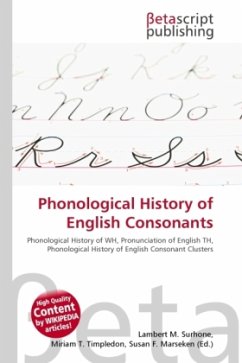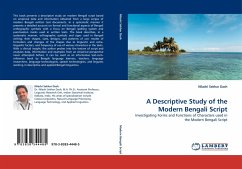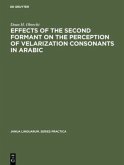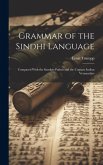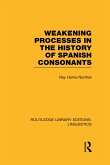This is a qualitative-cum-quantitative study of spoken English by Sindhi ESL learners in Sindh, Pakistan. The research work is a major achievement on part of author with reference to phonetic-cum-acoustic study of spoken English by Sindhi native speakers. This kind of study on the spoken English of Sindhi ESL learners has not been carried out before. Since it deals with the production of all problematic English consonantal sounds, the findings of the study answer all those queries which every ESL learner has in his/her mind. Moreove, the book contains the sound inventories, phonemic analysis and gap analysis of both Sindhi-English sounds coupled with supra-segmental features. Keeping in mind the importance of mother tongue and its interference in producing English sounds, the research work discusses the Contrastive Analysis Hypothesis (CAH) by Robert Lado (1957). In addition to that, the book provides a basic and systematic knowledge to ESL learners in order to develop a native like English accent. The ELT teachers and the ESL learners of intermediate and more advanced level will find this book a helping hand in their area of phonetics and phonology.
Bitte wählen Sie Ihr Anliegen aus.
Rechnungen
Retourenschein anfordern
Bestellstatus
Storno



